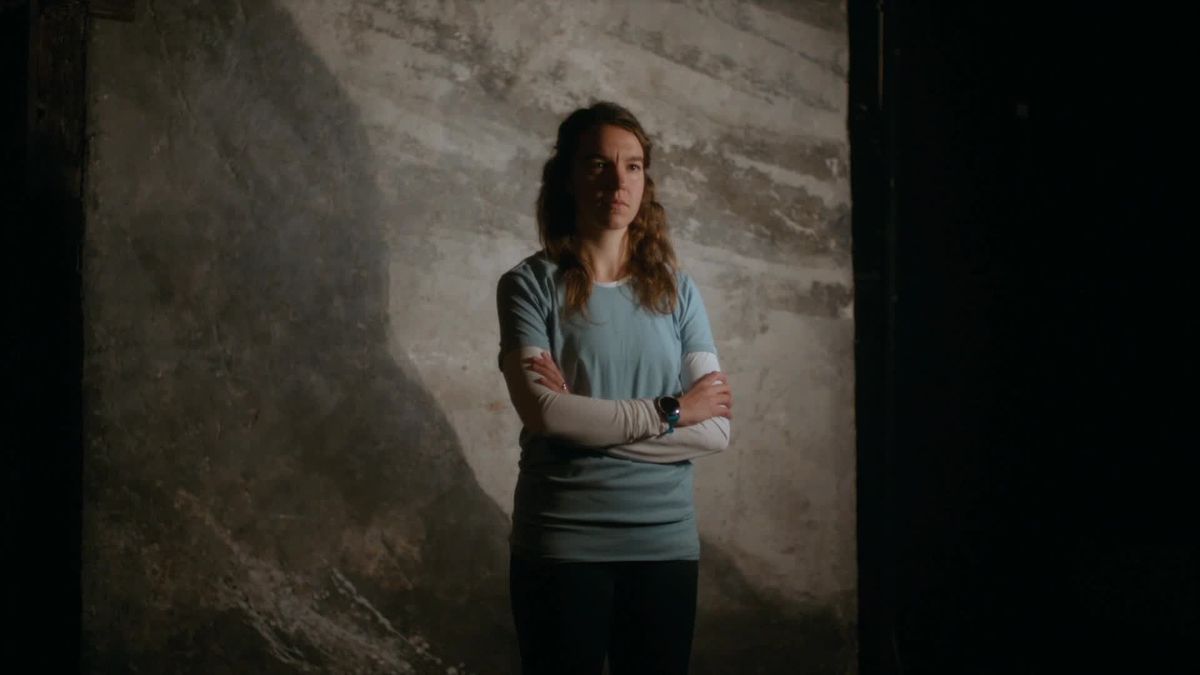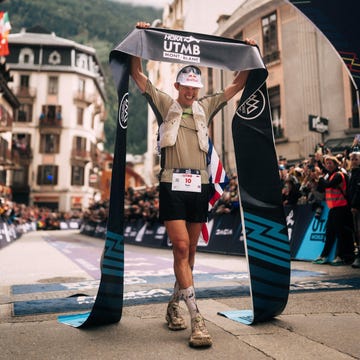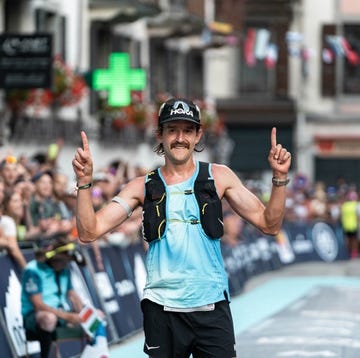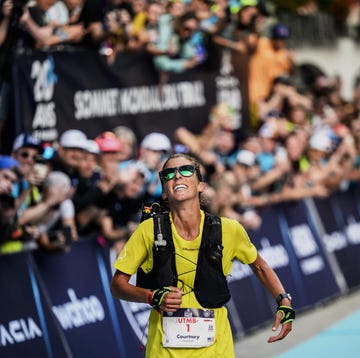Grant Grosvenor appears for a split second on screen, faintly and out of focus. The slightest glimmer of agony appears on his face, while thousands of spectators watch on.
Then comes the next frame, then the next. Finally, we see Jakob Ingebrigtsen, the Norwegian middle-distance superstar and two-time Olympic 5000m champion, shrugging to the camera as a title card blasts across the screen: ‘Winning isn’t for everyone’.
This is a Nike advert – one that was screened to a global audience during the 2024 Olympic Games in Paris. Although Grosvenor, a 32-year-old middle-distance runner from the US state of Washington, did not qualify for the Olympics, he was a background actor for this production. Here, he earned a cool $20,000 (almost £15,500) for less than a second of airtime, precisely 81 seconds in.
What everyone's reading
The glamour of appearing on television was enough to give Grosvenor a taste of an idea that he’s had since he was a teenager, when he ran around without anyone watching. It was enough to spark the embers of a dream that took him from Montana State University to the University of Oregon – then from the depths of an alcohol addiction to the realisation that he needed to stop drinking altogether.
This dream was to break the four-minute barrier for the mile – and it probably meant more to Grosvenor than anyone could realise.
Traversing the road ahead
In Grosvenor’s home nation alone, only 1,000 American men in history have broken four minutes in the mile. Track and Field News, one of the sport’s gatekeepers of times and records, keeps a full list of the US runners who have broken the mark (at least up to 2023) – and most of these athletes were either college students or early in their professional careers when they achieved the feat.
Grosvenor barely even ran the mile distance until he was in his 20s. However, in the mid-2010s, as a student at Jackson High School in Washington, he did show a great deal of promise when he parlayed a high school best of 1:50.06 for 800m into a scholarship with Montana State University. ‘He was just a bulldog,’ said Grosvenor’s former coach, Eric Hruschka.
Things went well in Montana – he reached the NCAA Outdoor Championships in 2013 in the 800m – until Grosvenor dreamt even bigger. He transferred to the University of Oregon in 2014 and won an NCAA title in the distance medley relay just two years later, running the half-mile leg. He then finished his career with a second-place finish in the Pac-12 championships in the 800m. ‘He got excited and went a little early,’ said Andy Powell, a former coach at the University of Oregon, of the conference meet. ‘But he almost won the thing.’
While these achievements were great, in time they festered issues. There was drinking and partying and wondering about life’s mysteries – what is there to do after graduation? ‘I kind of just went along with trying to find out what I should do,’ said Grosvenor, who worked for Nike at one point. ‘I went to Seattle to work for a software company. The culture was a lot more partying.’
As quickly as Grosvenor’s athletics success blossomed, it fell apart. Without having running as a backbone, he lost his way. He put on about 18kg. He smoked weed. He lit up a cigarette when he was stressed. ‘I knew deep down that I was going on a path that was worse than using this stuff seasonally,’ he said.
Then the pandemic hit. A few years went by. Grosvenor moved to the US state of Arizona, then back to Washington. Here, he decided one day, along with a friend, to quit drinking and substances altogether.
It was 20 February 2023.
A new path forward
Grosvenor officially returned to track and field in 2021, clocking a PB of 1:47.66 for the 800m at the Sunset Tour. He rode the high and then, in the autumn of 2022, hit it big with Dogecoin – an investment that Grosvenor made years before the meme stock exploded – which allowed him to travel the world and race in countries like Italy, Switzerland and the UK.
But it wasn’t all sunshine. In 2023, he started going to AA meetings to combat his addiction. ‘I learned that alcoholism isn’t just the guy or the girl on the street who’s struggling,’ he said.
A sober Grosvenor decided that he still had gas left in the tank. He started out by pacing races at the Dempsey Indoor Facility in his hometown of Seattle. ‘It’s amazing to see that he’s stayed with it,’ said Powell, who was surprised to see him there.
Grosvenor then went all-in at the turn of 2024, running 1500m in a time of 3:45.78 in April. Next came his big break with the Nike commercial, a truly out-of-the-blue opportunity. ‘I was Jakob’s background guy,’ he said.
Late last year, as Grosvenor’s quest for a sub-4 mile began, he began splitting time in the US states of Arizona and California, using the former to train at elevation and the latter so that he could enjoy the sun and surf on the weekends. His remote job, selling online advertising space, was the perfect conductor. All the while, Grosvenor lived with friends.
In January 2025, he chased after four minutes for the first time, missing it by just six-tenths of a second indoors in Seattle. Two weeks later, now more determined and across the country in the city of Boston, he was just over a second shy of the mark. A week after that, now tired and still in the northeast, he ran 4:01 again.
In between those attempts, he travelled to New York City to compete against his nation’s fastest men in the 800m at the US Indoor Championships. ‘I won’t set a limitation,’ he said. ‘I’ll just keep rolling.’
Grosvenor gave his last indoor sub-4 attempt a shot in March.
In a heat where eight men broke the tape in under four minutes, he missed it by two-tenths of a second.
Failure never really stung, though. ‘It’s about doubling down,’ said Grosvenor, who carries his yearly AA recovery chips around as reminders of his journey. ‘I’m asking myself, “What does this body have left when the legs can still go?”’
His next race might come in May. But if a sub-4 never comes? ‘That’s not going to be an option,’ he said. ‘I can’t let that happen.’















